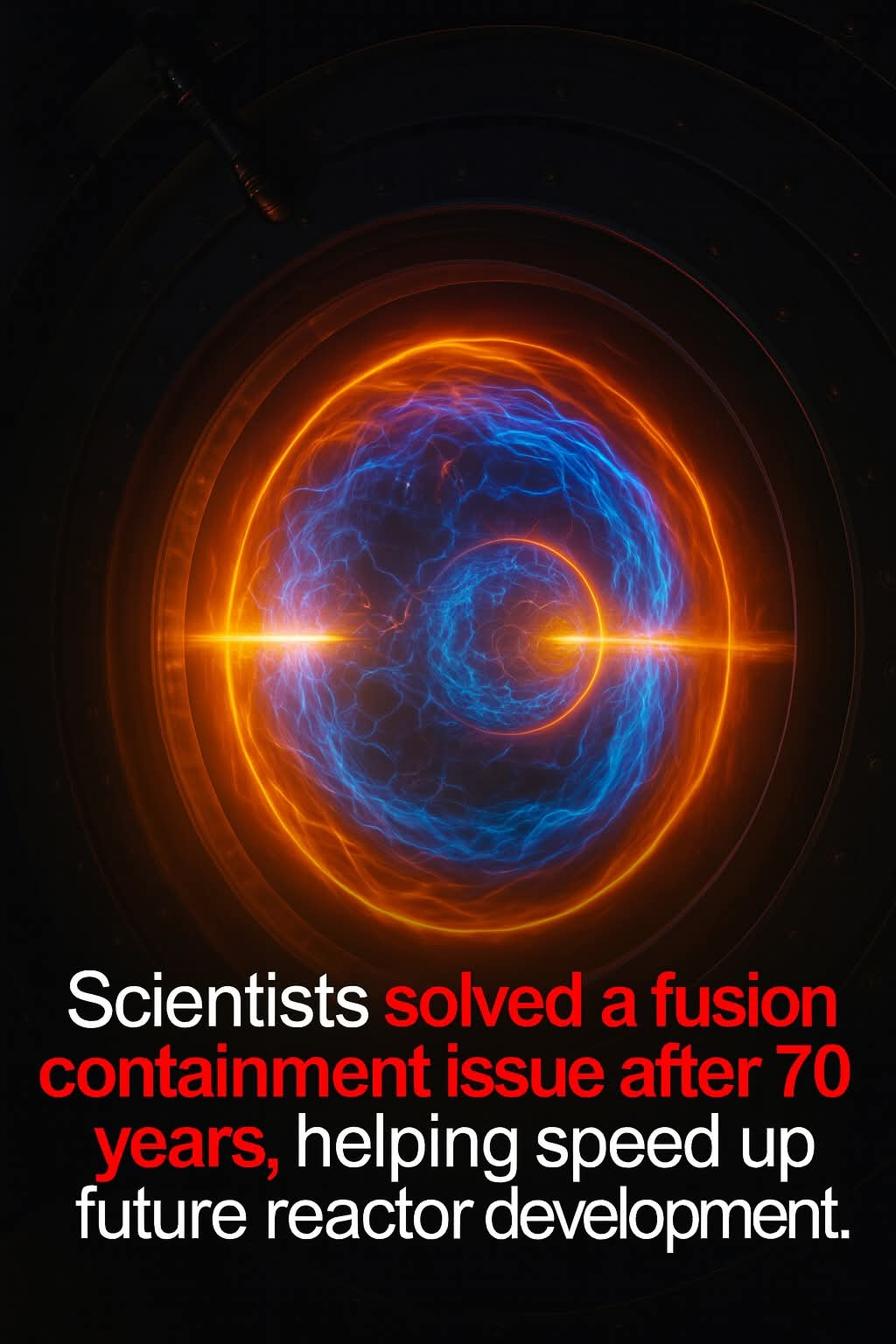Fusion energy has long held the promise of clean, virtually limitless power, but a major challenge has been maintaining the superheated plasma required for sustained reactions.
Now, researchers from the University of Texas at Austin, Los Alamos National Laboratory, and Type One Energy have introduced a faster and more accurate solution that could accelerate fusion reactor development by up to tenfold.
The core problem involves confining plasma—an extremely hot, electrically charged gas—using magnetic fields. Tiny imperfections or “holes” in these fields allow high-energy particles to escape, disrupting the fusion process. Traditionally, fixing these issues involved slow, complex simulations based on Newtonian physics, resulting in design cycles that could take years. While quicker methods like perturbation theory existed, they often lacked precision and overlooked critical flaws.
The new technique relies on symmetry theory—a mathematical approach focused on identifying patterns—to detect and seal magnetic gaps more efficiently and accurately. Initially developed for stellarator reactors, it also benefits tokamaks by improving magnetic field mapping and reducing the risk of damaging runaway electrons.
This advancement is already being used by companies working to bring fusion energy to market, offering a practical fix to one of the field’s most persistent engineering problems. By enhancing plasma containment, the breakthrough moves us closer to realizing stable and efficient fusion power.



